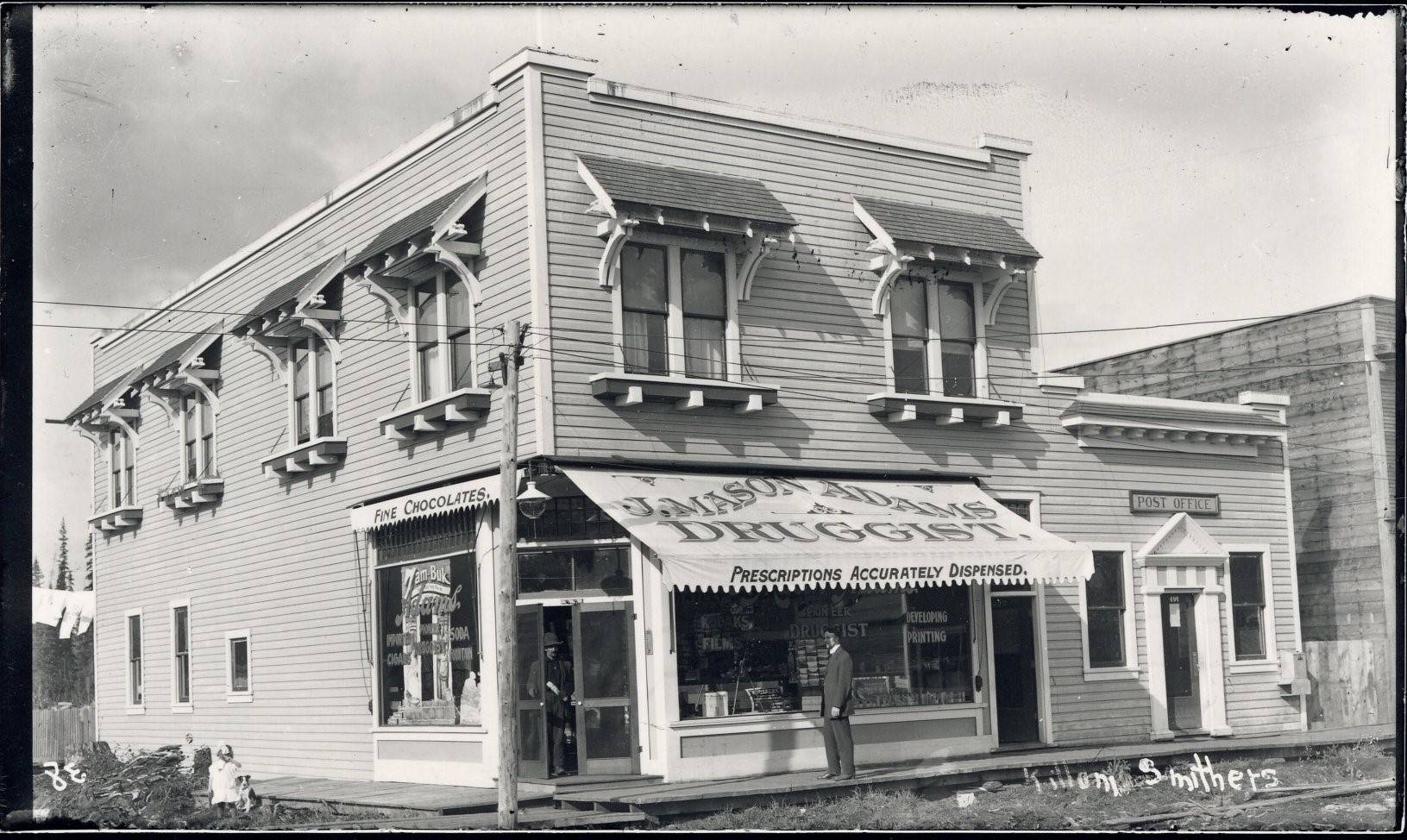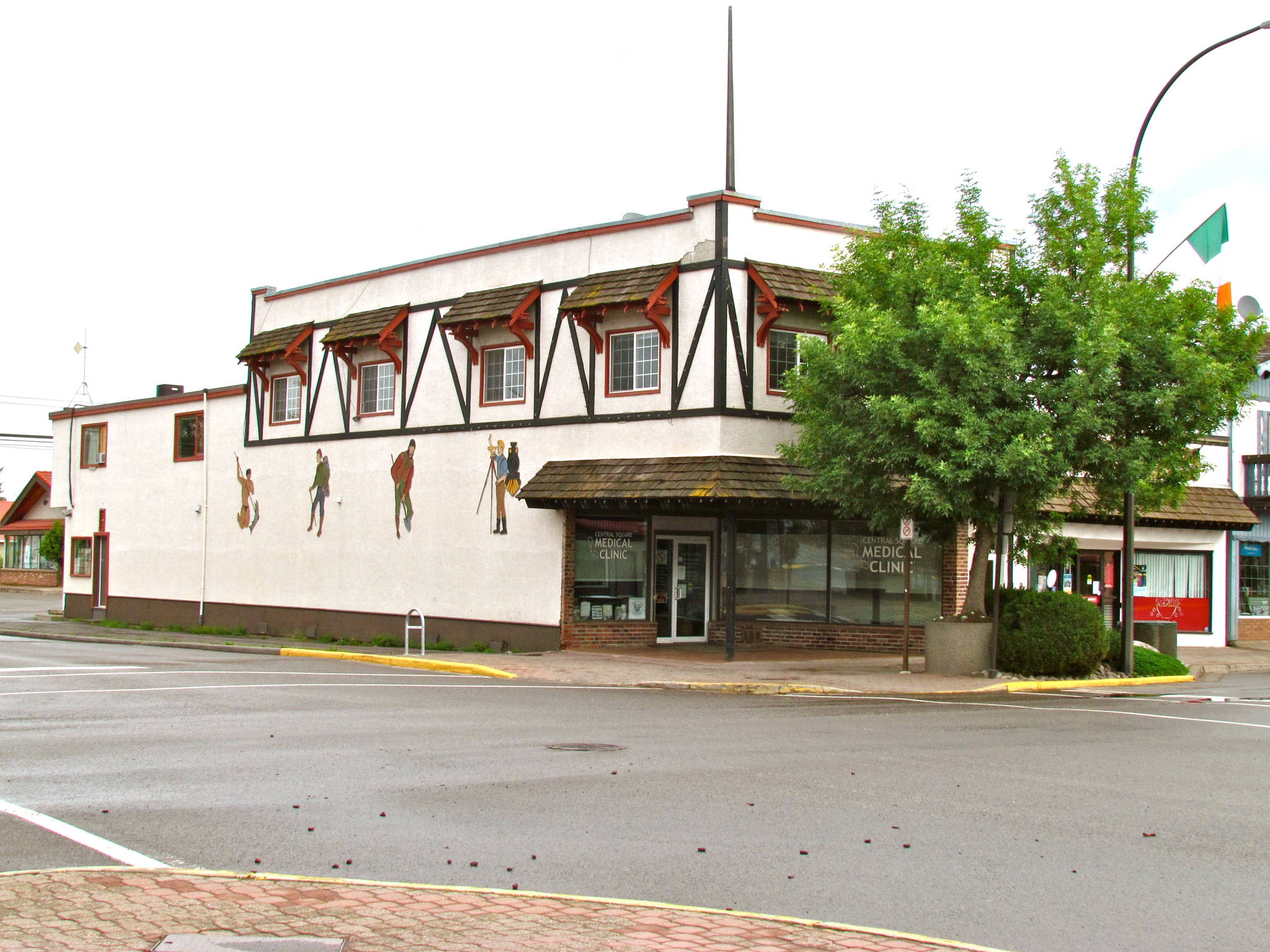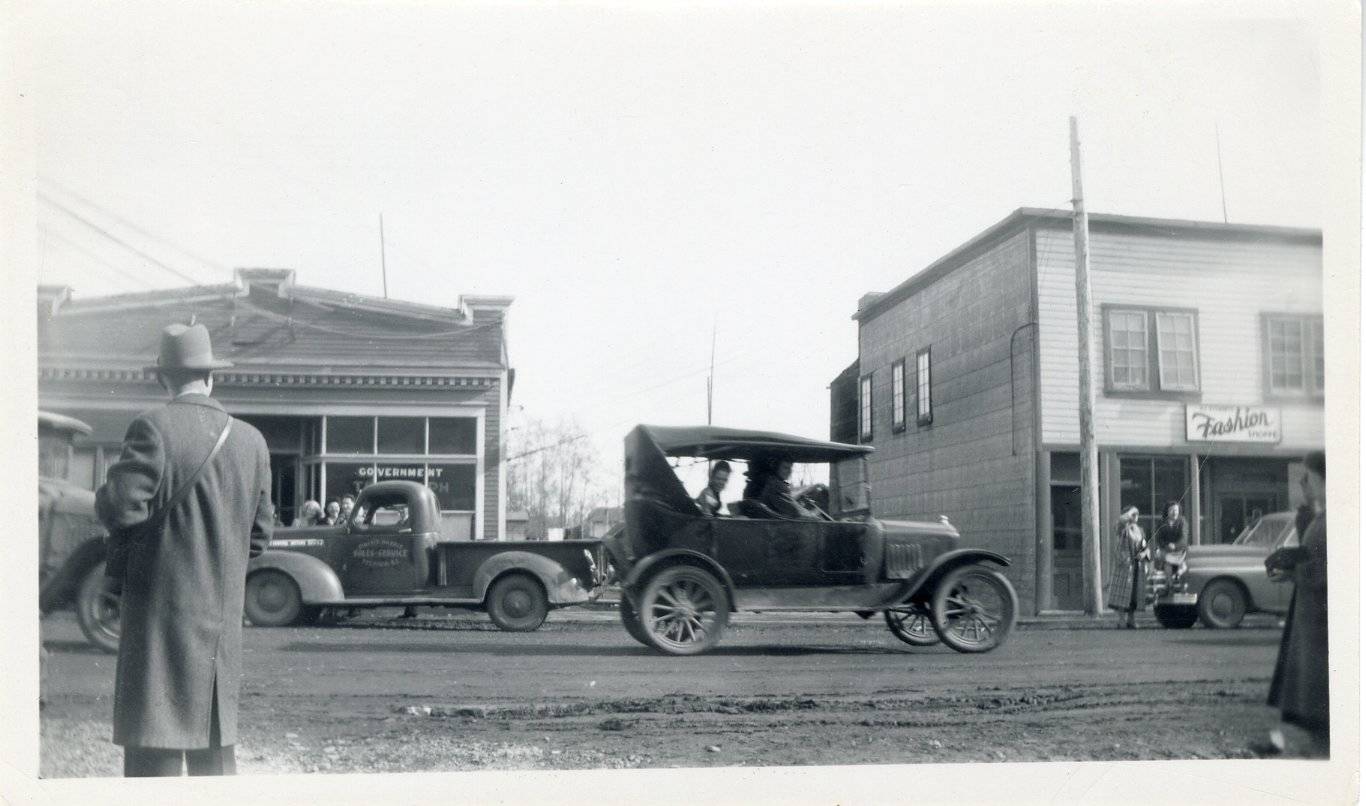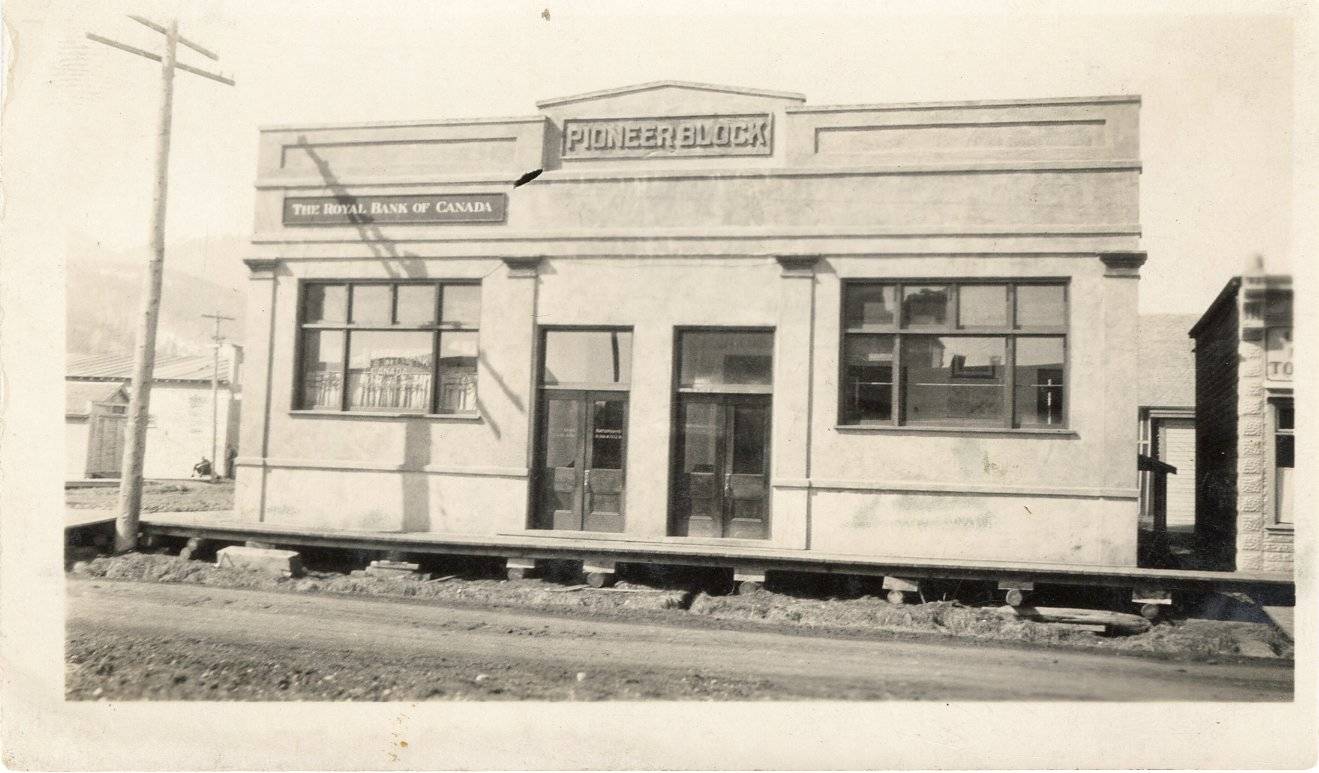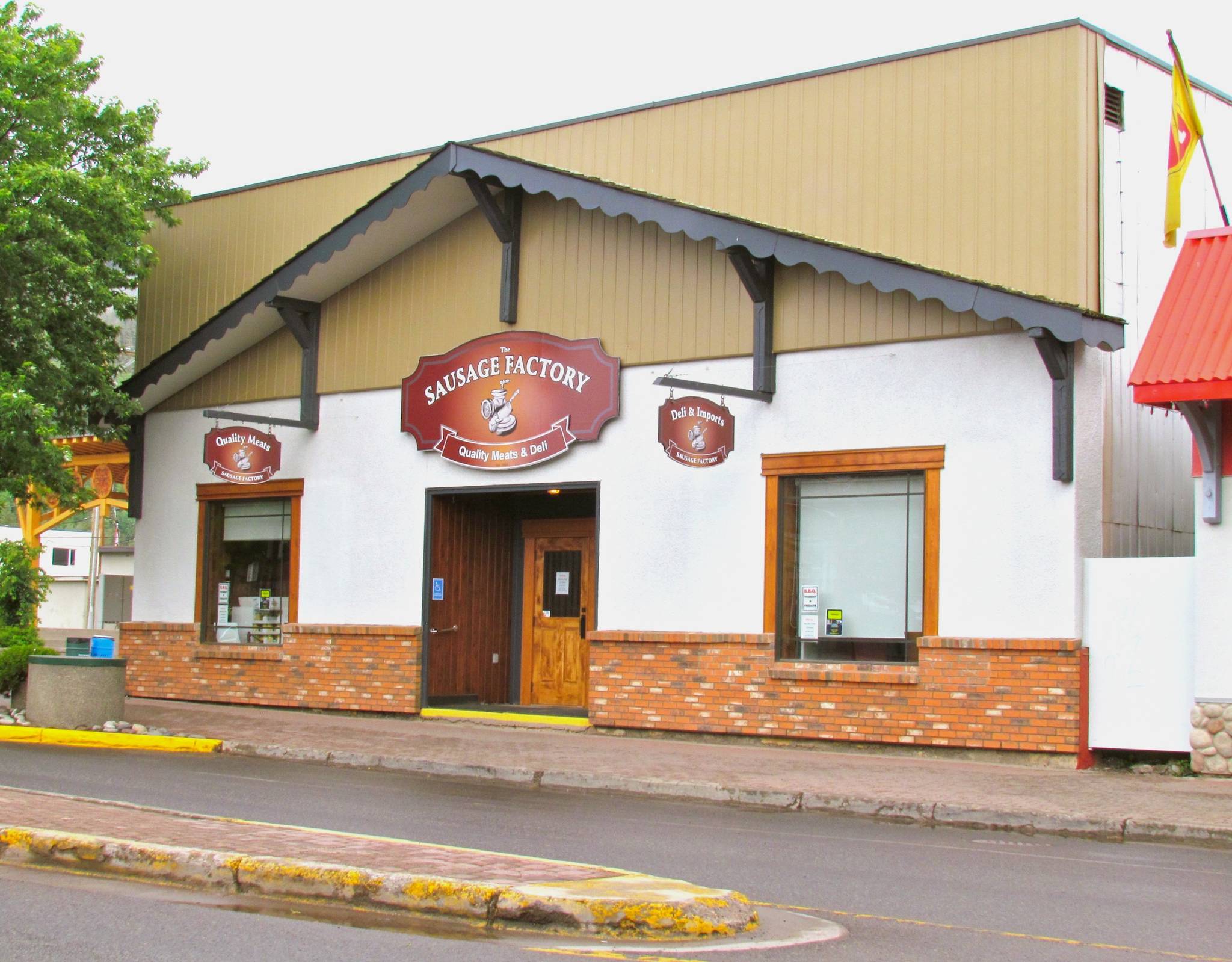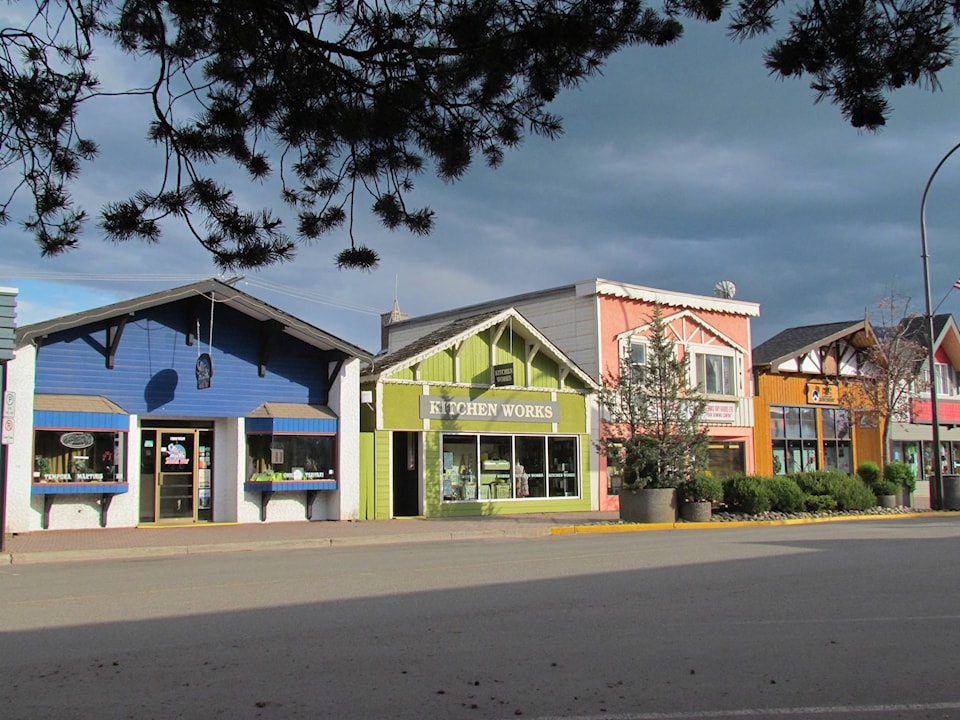By Roy Corbett
In December of 2018, Kira Westby (curator of the Bulkley Valley Museum) and Harry Kruisselbrink (local historian and author of Smithers: A Railroad Town) made a presentation to the Smithers town council to establish a registry of historically significant heritage buildings. I spoke to Westby about her presentation to the council and what such a registry could offer the town.
“In terms of your community, these heritage buildings are resources, either because of their unique look, their history, or what they say about the community,” said Westby, who once sat on a heritage preservation committee in London, Ontario. “Heritage buildings are often of interest to tourists. They give a Main Street like ours its character.”
“We want to help raise the profile of these heritage buildings in our community and help raise awareness of the fact that we do have some hundred-year-old buildings in Smithers and that we should, at the very minimum, have a list or a register of those buildings just so we know what buildings are the ones that potentially should be protected in the future. And be aware that building projects or different things may have an impact on heritage buildings.”
Smithers already has two designated heritage buildings: the train station and the Central Park building (built in 1925 as a courthouse), which houses the museum itself. However, the town lacks a registry of heritage buildings that is consulted in the town-planning process — registries similar to those used by other northern B.C. communities like Prince Rupert, Prince George, and the city of Armstrong.
“[The Central Park building] almost got torn down,” Westby told me. “In the 1970s there was this big debate over the future of this building and what was going to happen to it. Thankfully the community got together and said ‘no, this building is a heritage building. It is an important building in our town’s history,’ and the Central Park Building Society was formed to look after it and adapt its uses and make it a community space.”
“That’s the thing with heritage buildings, once they are gone, they’re gone. Smithers has unfortunately lost a lot of its heritage buildings to fire over the years. There’s not a ton of them left, so being aware of them and thinking about them when we are planning our community is important.”
“What we are hoping council will look at is the most basic level, which is having a list on file of buildings that are of interest, just so we know, because sometimes it’s not easy to tell which buildings, because of what changes happen to them, are older,” said Westby.
Westby is aiming that a moderate tier of protection be given to these buildings, one that recognizes these structures’ place in the history of the town while encouraging preservation of the sites, but with less-restrictive regulations on what people can do with their property.
“I think a lot of people sort of worry that when you start talking about heritage [building] preservation that it means that things can’t ever change. That if they own a building that is heritage protected, that they can’t do anything to it,” clarified Westby. “That is not what we are talking about. That is not how it works in other communities either. Heritage preservation doesn’t mean things are static and can never change again. Obviously, a roof needs repairs, windows need to be changed, or different things will need to be done to buildings over time. Heritage-preservation is not supposed to be in conflict with that. They are supposed to work hand-in-hand.”
Westby refers to this as “adaptive re-use.” Even today, Smithers contains numerous structures dating back to the town’s origins in 1913 that are still being used to this day. Many of these structures can be seen on Main Street, such as the “Pioneer Block” building. Built in 1925, it once was the office of Hanson’s Lumber & Tie Company, which belonged to historical Bulkley-Skeena MP Olaf “Tie” Hanson. Now it is known as The Sausage Factory. Likewise, The Blue Fin sushi restaurant operates out of what was once the Dominion Telegraph building, erected in 1914. Both of these buildings, and others, are considered to be buildings of interest for such a registry.
“Heritage buildings, they’re usually very well-built, they have strong bones, they are made with good materials. So rather than knocking them down, why not keep re-using them, and keep enjoying the exterior aesthetic features while the interior gets remade over and over again,” she said.
Westby also sees the implementation of a heritage building registry as a potential boon to local businesses and tourism, but also wants people to see the value of maintaining heritage buildings outside that.
“That memory of our community and how it was built, how it has changed over time, heritage buildings are a reflection of that. I think in a town like Smithers, where tourism is such a big thing and we are so proud of our Main Street and how it looks to outsiders, that feeling of our community, I think that a lot of that has to do with some of the buildings that we have, heritage buildings that are on Main Street, contribute to that landscape that makes Smithers downtown unique.”
Westby said she believes that public input on the issue, be it pro or con, is necessary going forward. As of this writing the Town council is still currently reviewing their proposal.
“Groundwork has been laid in other communities. There are practices that are already in place in communities in the north and in communities elsewhere that are of our size. So really it would be a matter of looking at those examples and deciding ‘how does this best work for Smithers?’ Because the great thing about heritage is that it is different in every community. So, every community can decide how they want to think about it and look at it and, hopefully, protect it.”
“I believe the museum is the perfect organization to start raising interest levels about this. I am looking forward to hearing what other people think about it: the good and the bad. I think people should let council know what they think, too. If they are adamantly against it, they should tell them that. If they think it is a great idea and that they should be doing it, then I think they should let council know as well. This is the sort of thing that will either happen or not happen, depending on how the community feels about it. I’m happy to lead the charge but I can’t be the only person talking about it.”
